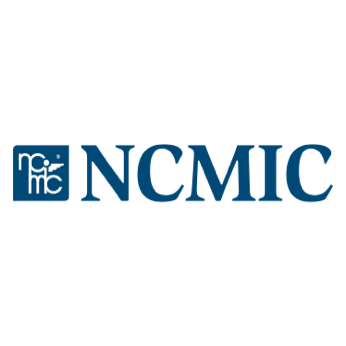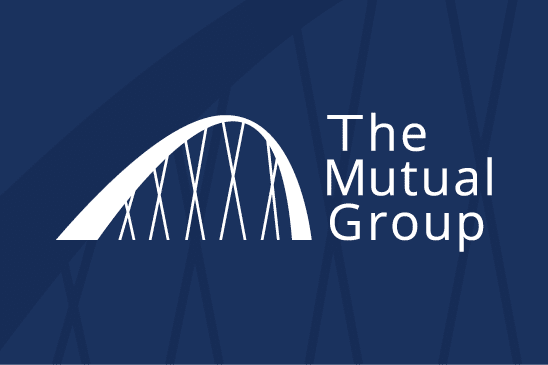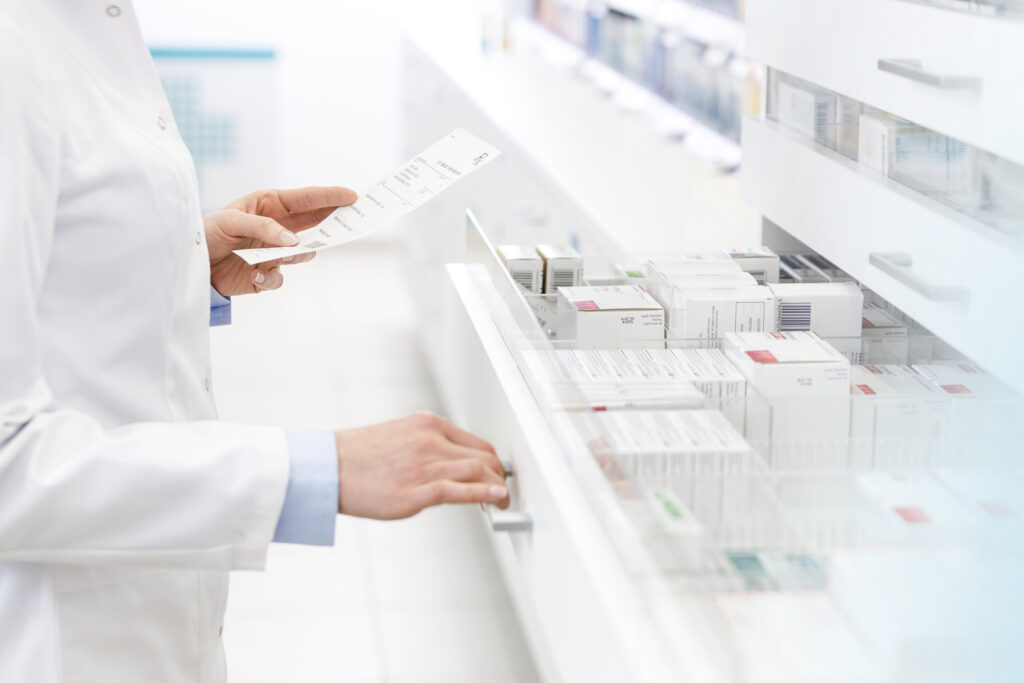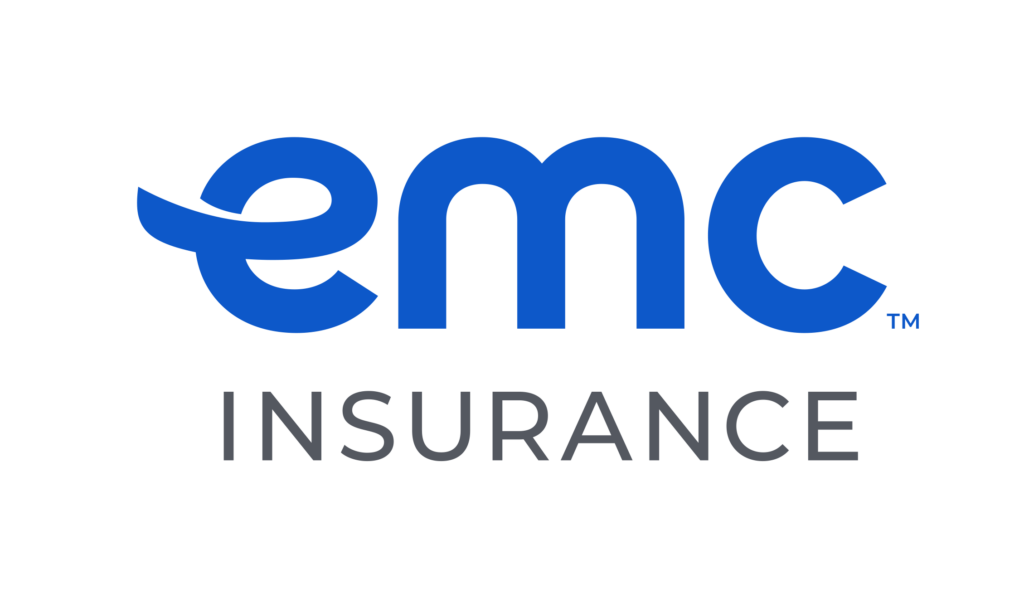Health-care stocks

Dear Mr. Berko:
My $50,000 certificate of deposit came due, and good riddance to it. The rate was 1.2 percent, and though I didn’t lose any principal, I lost money because taxes on the interest plus inflation really gave me a negative return. I’m not much of a risk taker but would be willing to take some modest risk for a higher return on some common stocks. So are there any issues that haven’t run up in the past few years that pay dividends of 2 percent to 4 percent, are financially strong and stable, and have some annual growth potential of 4 percent to 6 percent over the next few years? Someone told me you recommended bank stocks. Would any of those be good?
S.S., Cleveland
Dear S.S.:
In November 2010, I discussed seven bank stocks, each trading below $10 a share, each of which has plausible reasons to improve its market values. (Go to http://tinyurl.com/4shfhwf to read that column.) Several are way up, and several haven’t budged. Those that haven’t budged should or may. Meanwhile, there could be attractive long-term opportunities in the major drug issues. Health-care reform seems to be a less contentious issue today than a year ago.
Investors believed that higher rebates, new government legislation plus an avalanche of additional costs would neuter earnings of the major players. To some extent they have, but their overwhelming size and diversity has mitigated the impact on earnings. Higher demand, a consequence of a larger insured population, also will offset costs.
So the performance of the following six major players could be rewarding for patient investors. Especially considering that each issue pays a handsome dividend.
GlaxoSmithKline plc (GSK-$37.35), London-based, earned $2.35 per share in 2010 and should earn $3.45 in 2011. The $2.03 dividend yields 5.4 percent, and I’m fairly sure GSK will raise its dividend at least a dime this year.
AstraZeneca plc (AZN-$48.10), another London pharmaceutical, should earn $6.05 per share in 2010, and estimates place 2011 earnings at $6.72. The trailing annual $2.41 dividend yields 5 percent, and the Street expects a minimum dividend of $2.63 this year.
Novartis AG (NVS-$56.42), home ported in Switzerland, earned $5.10 per share in 2010 and should earn $5.50 this year. The trailing $1.99 dividend yields 3.5 percent and could rise to $2.10 this year.
Bristol-Myers Squibb Co. (BMY-$26.06) earned $2.15 per share in 2010 and expects $2.27 this year. The $1.32 dividend yields 5.1 percent and could be raised to $1.36 this year.
Pfizer Inc. (PFE-$18.36) earned $1.05 per share in 2010 and may earn $1.40 this year. The 80-cent dividend yields 4.4 percent and may be raised to 88 cents in 2011.
Finally, Merck & Co. Inc. (MRK-$33.90) posted earnings of $3.35 per share in 2010 and expects $3.85 this year. The $1.52 dividend, yielding 4.5 percent, has not risen in six years and may not rise this year.
Invest equal dollar amounts in each issue, and you should earn 4.6 percent on that $50,000. Reinvest all the dividends, and in three to five years, I think this portfolio could reward you with a 7 percent to 12 percent average annual total return.
Please address your financial questions to Malcolm Berko, P.O. Box 1416, Boca Raton, Fla. 33429 or e-mail him at malber@adelphia.net. ©2011 Creators.com










